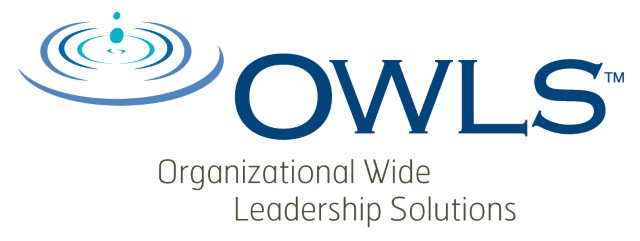Time was, branding an organization meant gathering the honchos around the conference room table and coming to grips with whether to slap the company logo on the front or back of the corporate tri-fold brochure.
Today, to most organizations, branding means much more. The process of branding has grown to involve the entire presence of an organization in the lives of its customers, prospects, employees and public at large. Branding addresses the question of how an organization’s mission is lived out in every part of the business. How every activity, feature, policy and decision propels the organization forward, along its path to achieving that mission. Or, how it hinders that progress.
While branding is fast emerging as the activity that drives all marketing activities, there is still one commonly held fallacy that persists. This fallacy is what is known in some circles as the “purple cow theory.” This is the idea that branding is first and foremost about standing out in the crowd.
That isn’t entirely true. Successful branding is a matter of expressing the core of the organization (or, as we shall soon see, the individual) in ways that are consistent, impeccable and uniquely reflective of that core. Standing out happens as a result of that attention to authentic self-expression, not the other way around.
Another fact of branding that is also too often overlooked is that the process not only applies to organizations but also to individuals. I repeat, whether you’re a CEO, a middle manager or just starting out in a career, personal branding should be an activity that is an important part of every workday.
So, the question comes, what have you done— what are you doing— to brand yourself. You are, after all, as much of a market entity as the organization for which you now work.
1) Have you formulated a mission, a focus for your career? Identified who you are, what you stand for and how your career mission fits with your life purpose? If so, is your mission based on selling yourself (appealing to what you think might “get you ahead”) or, is it authentic to who you are?
2) Have you established a clear-cut identity for yourself within your organization and within your field? Or, are you spreading yourself thin by trying to be all things to all people? Are the ways you prepare for and conduct your workday, the ways you interact with all people, the earmarks of your work, consistent with your identity?
3) Do you have an active program of self-publicity that centers not on blowing your own horn or on trying to look better than the other person but on establishing yourself as the “go-to” person in your area of expertise? Do you spread the word through contributions to your organization’s newsletters? Submitting articles to trade publications? Writing white papers for appropriate committees that promote your area or industry more than yourself?
4) Most important, are you clear on who you’re working for?
This is the most important step you can take on the road to branding yourself. By reframing who you are working for, you can dramatically change the way you interact at every level.
The normal answer is that we are working for our employer. That needs to change. Working for an employer leads to viewing that organization as a kind of a parent. We perform certain tasks and, in return, come to expect certain things. We expect to be “taken care of.” We expect fairness, positive rewards for positive contributions. Maybe a holiday allowance (errr, bonus) and to use the car once in a while. We show up to work when the policy manual says we have to. We go to lunch when the bell rings and return when it chimes again. At the appointed hours, we leave the office and roll home, repeating the process day after day. Year after year.
When we don’t get what we’ve convinced ourselves is our due, we either perform acts of covert, overt or passive-aggressive sabotage, waste time and energy complaining to and with other “deprived” employees. Or, we dust off our resume, go looking for another parent and repeat the whole mess over and over again.
But, one little reframing of how we view our employee-employer role can change all that. Here’s the secret: stop thinking of the organization you work for as you employer and start thinking of it as a client.
That opens the door to a successful program of self-branding. It frees us to deliver for our client when and how best suits our “brand.” Free time and lunches can be spent finding ways to hone and sharpen our brand. To strengthen that brand in our present situation and toward our future markets.
Once we convince ourselves that we are, after all, working for ourselves, we can begin to apply the marketing and branding fundamentals of successful business to our own lives.
Once you’ve made that world-view leap, take the next step and either hire yourself a personal branding consultant or pick up some branding and marketing books (Al Reis, Jack Trout, Guy Kawasaki, Jay Conrad Levinson are some of the worthwhile authors) and begin applying the principles to your own career and life. You’ll find you’re on the way to not only more satisfying and productive workdays, but to a more fulfilling and self-satisfying career, as well.
By James M. Grossman

